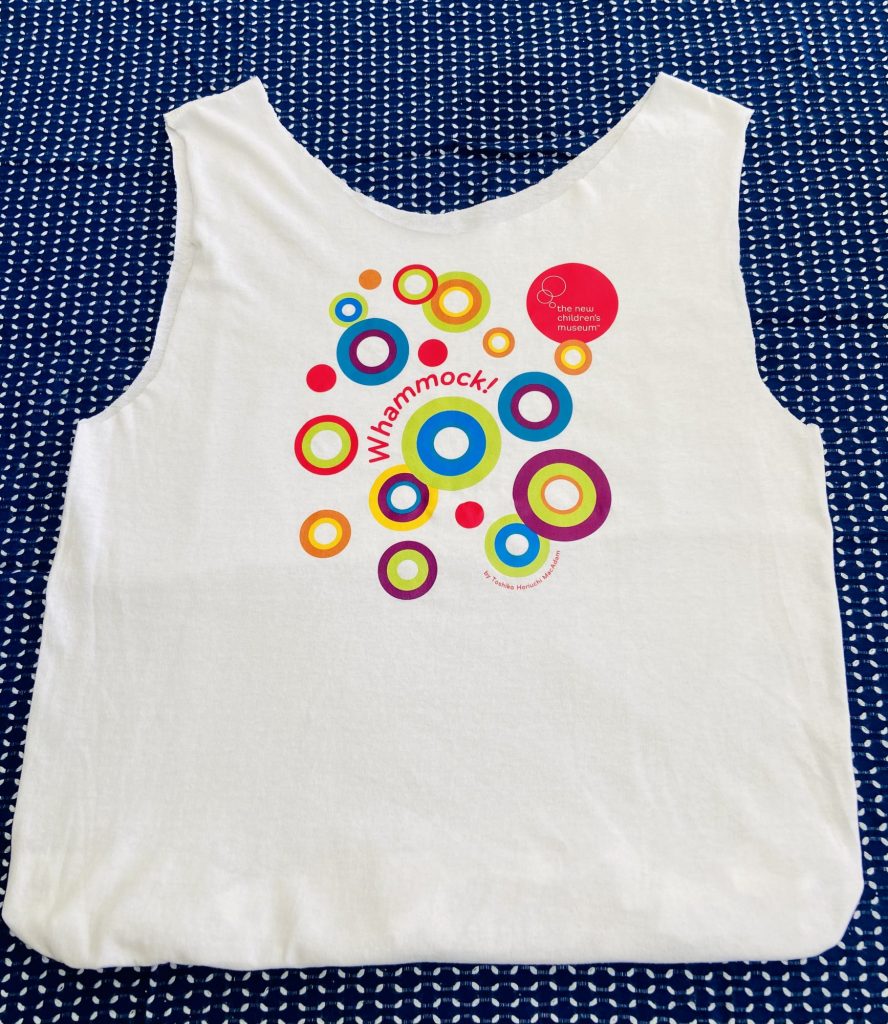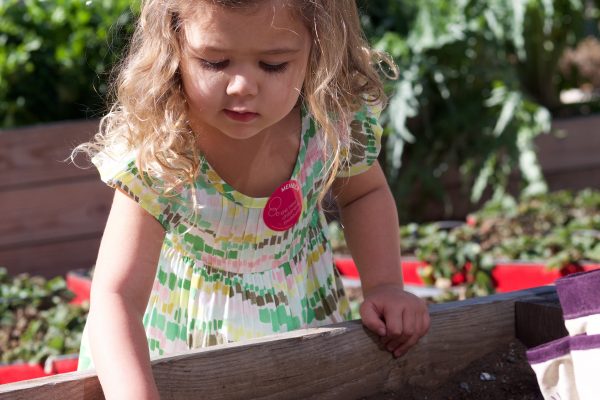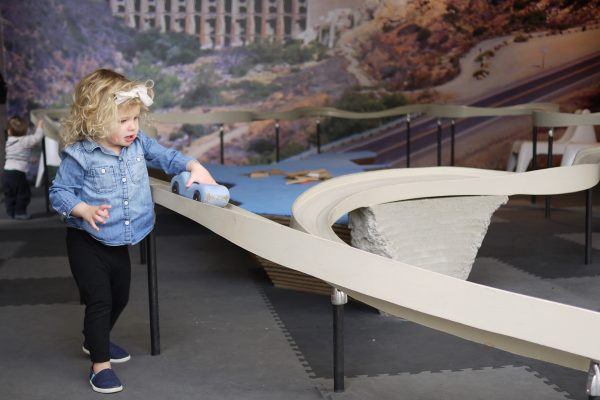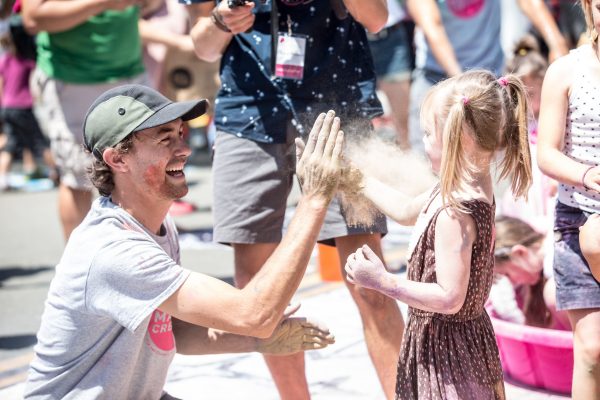do it yourself: teddy bear tote
Create a simple, no-sew tote for carrying your favorite things or stuffed friends using just scissors and a T-shirt. Repurpose an old T-shirt in this fun and earth-friendly way. Then, embellish it with extra materials to make a one-of-a-kind carryall!
directions
1. Select and ready your T-shirt. Be sure to choose one that you’re okay with cutting up. Lay it flat on a table or hard surface. Use your hand to smooth out the T-shirt.
2. Cut tote handles. Fold T-shirt in half (long ways) and line up the sleeves. Take the scissors and carefully cut off both sleeves along the sleeve lines about 1 inch outside the seams. Next, cut off the collar of the T-shirt at about 2 inches out – creating a deep “U,” but still keeping the T-shirt design intact. This will be the opening of the tote. Tip: Try it out over your shoulder. You’ll want to make sure that your straps aren’t too thick and that your opening is large enough for you to access what’s inside!
3. Create slits and tie them up. Begin by turning the T-shirt inside out. Then, starting at the bottom of your T-shirt, cut approximately 4-inch-long slits every 1 inch or so along the entire length of the T-shirt and through both sides. Then, tie the cut slits together using a simple, single knot. Do this step down the entire length of the T-shirt.
4. Tie the knots together and double it. After making the knots, you may have noticed holes at the bottom of the shirt. This next step will help with this problem. Now that the slits have been tied together, tie each of the already-knotted slits to their neighboring (adjacent) slit. Double knot them this time to secure all connections. By re-tying the knots to the other knots, you are creating a weight-bearing bag. This step will also close all of the gaps. Now, flip the T-shirt inside out, so that the knots are hidden, and you are done constructing your tote!
5. Fill your tote! Once done making your tote, use your finished tote to carry your favorite things – clothes, lightweight books, stuffed friends and more. Share your design and creation with your family and friends and tell them about how you constructed it and the choices you made for it along the way!
Additional Learning Activities (Grades 3-5)
Embellish It
Decorate the outside of your tote using fabric markers, pins, patches, etc. Try experimenting! When using fabric markers, be sure to place a piece of cardboard (such as a cut side of a cereal box) inside of the tote first in order to keep the marker from bleeding onto the other side while you’re drawing. To further secure any add-ons, such as patches or pom poms, use fabric glue and then, if possible, hand sew them on with a few quick stitches.
Sew Practice
Try the same process for making the tote as far as cutting off the sleeves and collar of the shirt. Then, using a sewing machine, or by hand, sew the bottom of the t-shirt shut instead of knotting it. Always make sure you secure the stitches on a sewing machine by sewing forward and then reversing your stitch 5-6 times. To further customize your tote, sew pockets inside using the t-shirt sleeves. Sew one of the openings closed, flip it inside out, and then sew the already sewn edges onto the inside or outside of your tote.
Select a Story
Reading is a wonderful way to learn more and for introducing new ideas. Select for yourself books that feature other sewing projects and/or that talk more about repurposing materials as a way of helping the planet before or after the Teddy Bear Tote-making activity.
Recommended Related Reading (Ages 6-10)
- Sewing School: 21 Sewing Projects Kids Will Love to Make by Andrea Lisle and Amie Petronis Plumley
- Recycle and Remake: Creative Projects for Eco Kids by DK
- What A Waste: Trash, Recycling and Protecting Our Planet by Jess French
CA Arts Standards for Visual Art (Grades 1-5)
- Explore uses of materials and tools to create works of art or design.
- Experiment with various materials and tools to explore personal interests in a work of art or design.
- Apply knowledge of available resources, tools and technologies to investigate personal ideas through the art-making process.
- Explore and invent art-making techniques and approaches.
- Identify and demonstrate diverse methods of artistic investigation to choose an approach for beginning a work of art.
Next Generation Science Standards
- Communicate solutions that will reduce the impact of humans on the land, water, air and/or other living things in the local environment.




